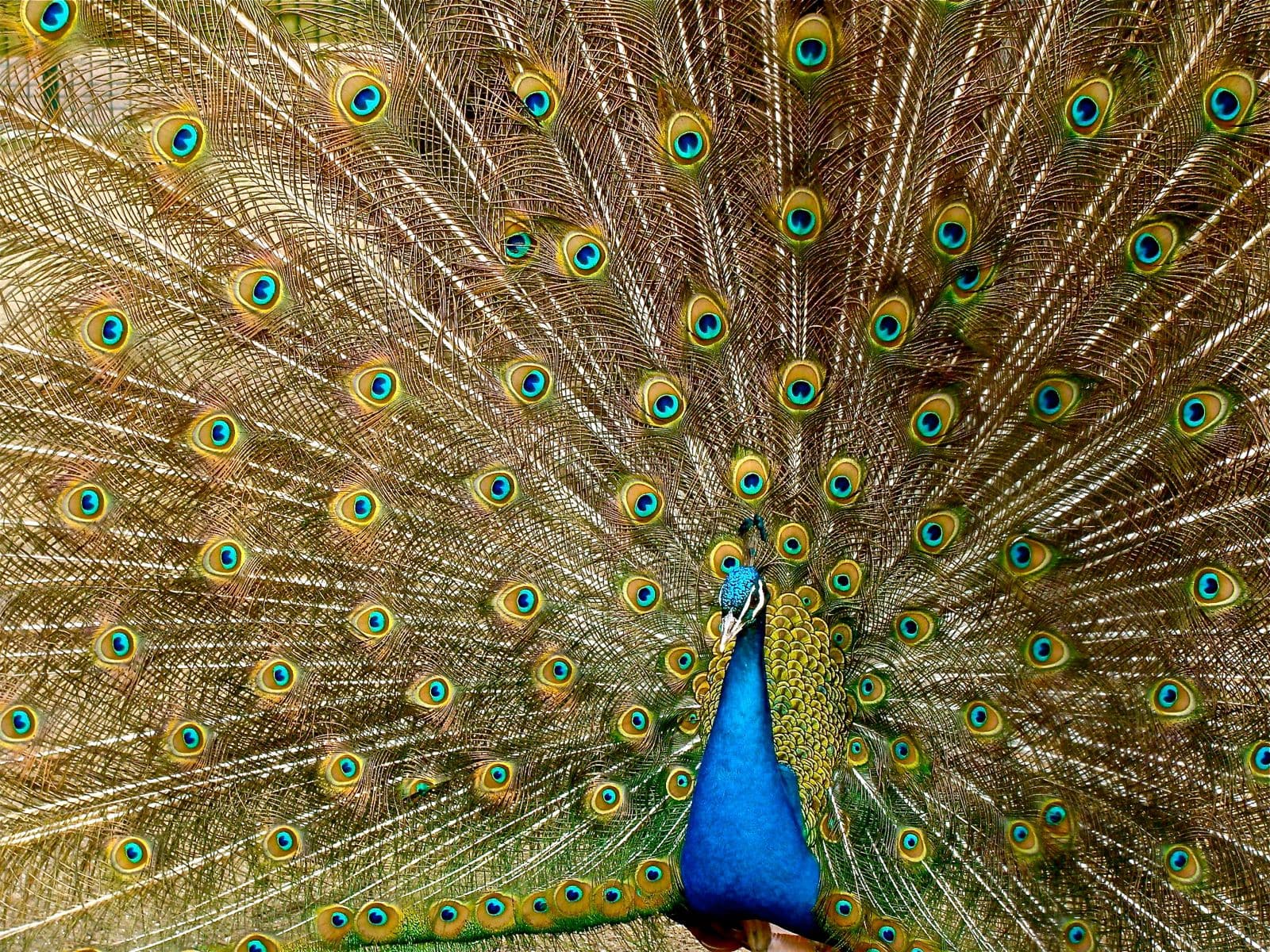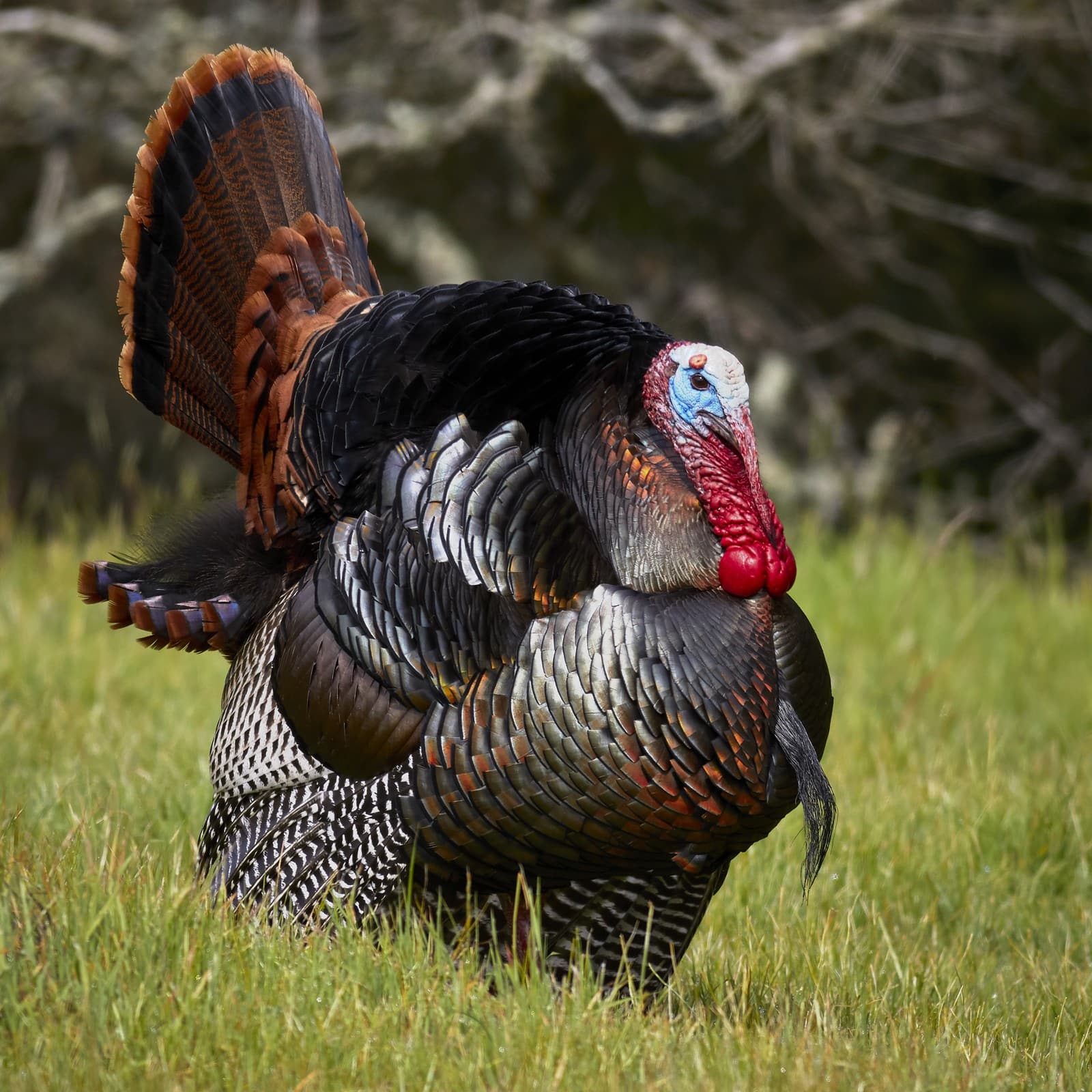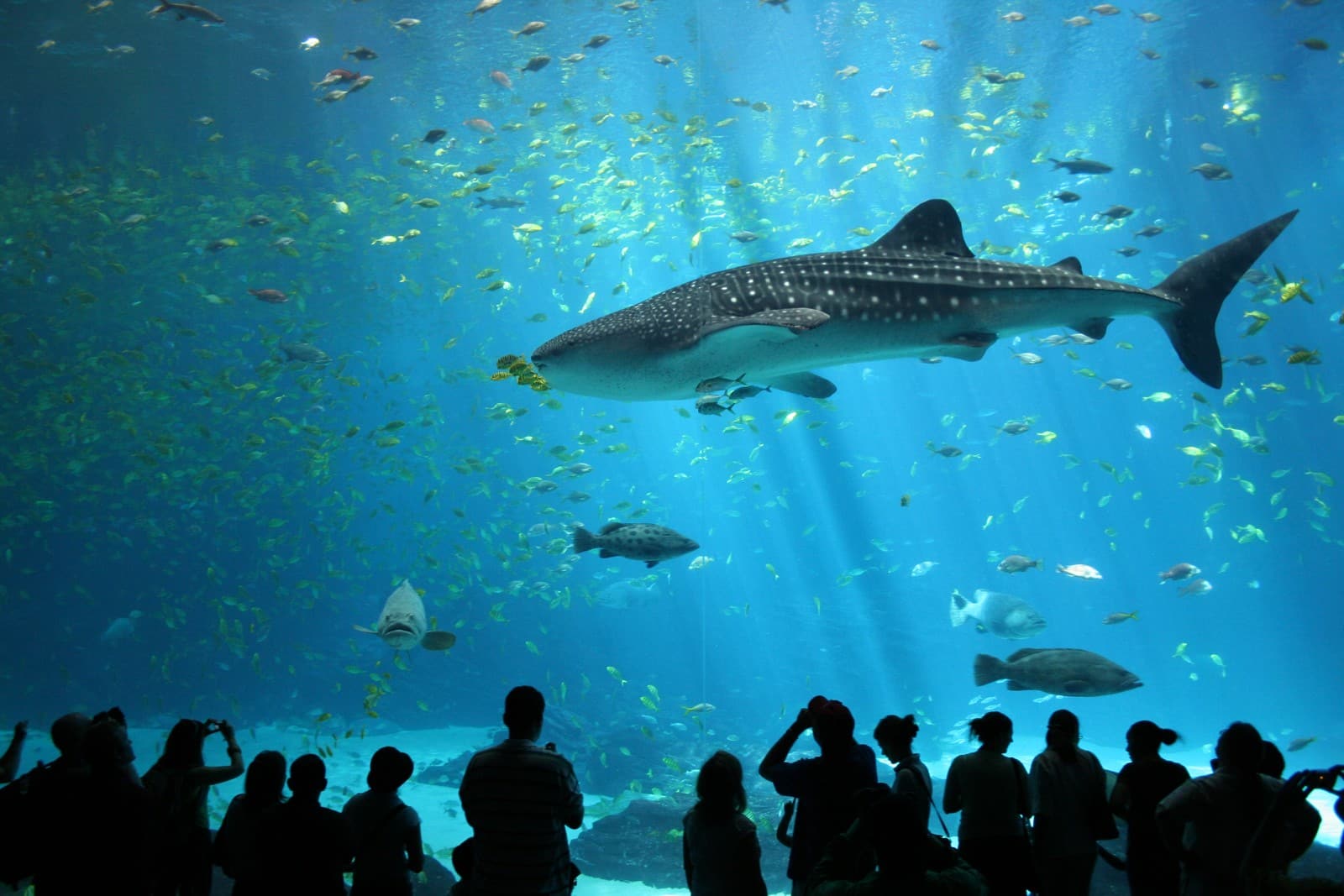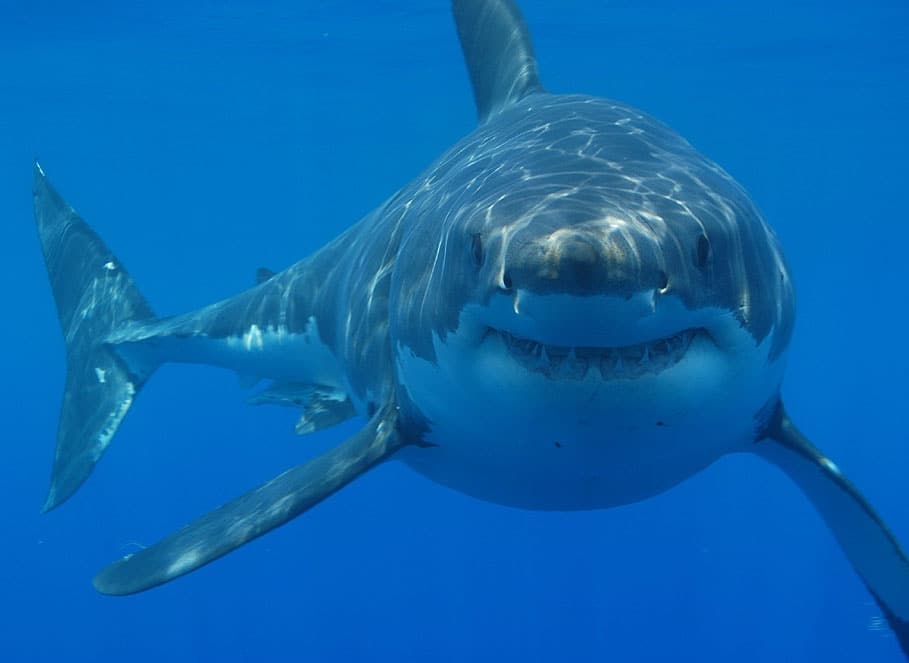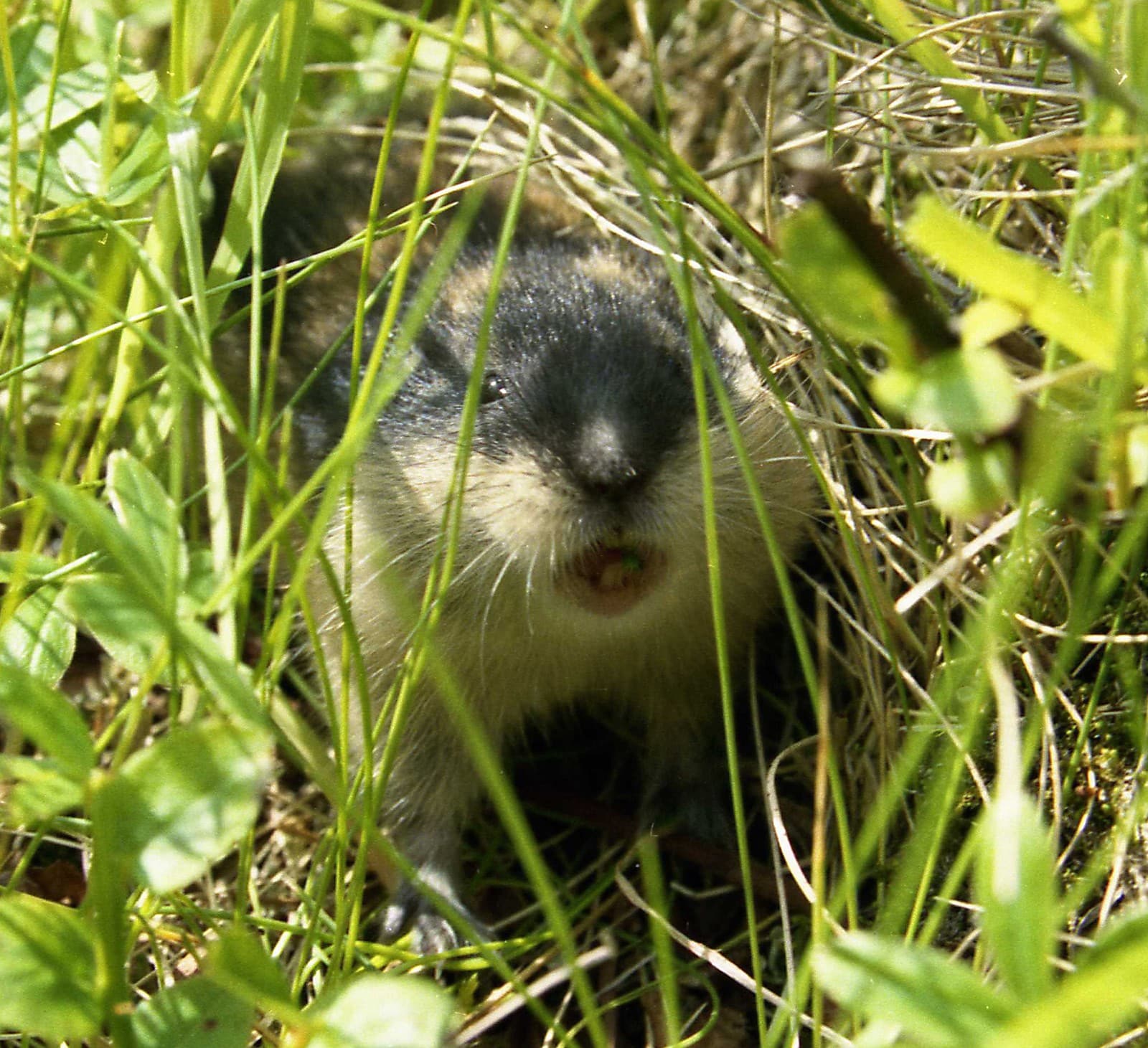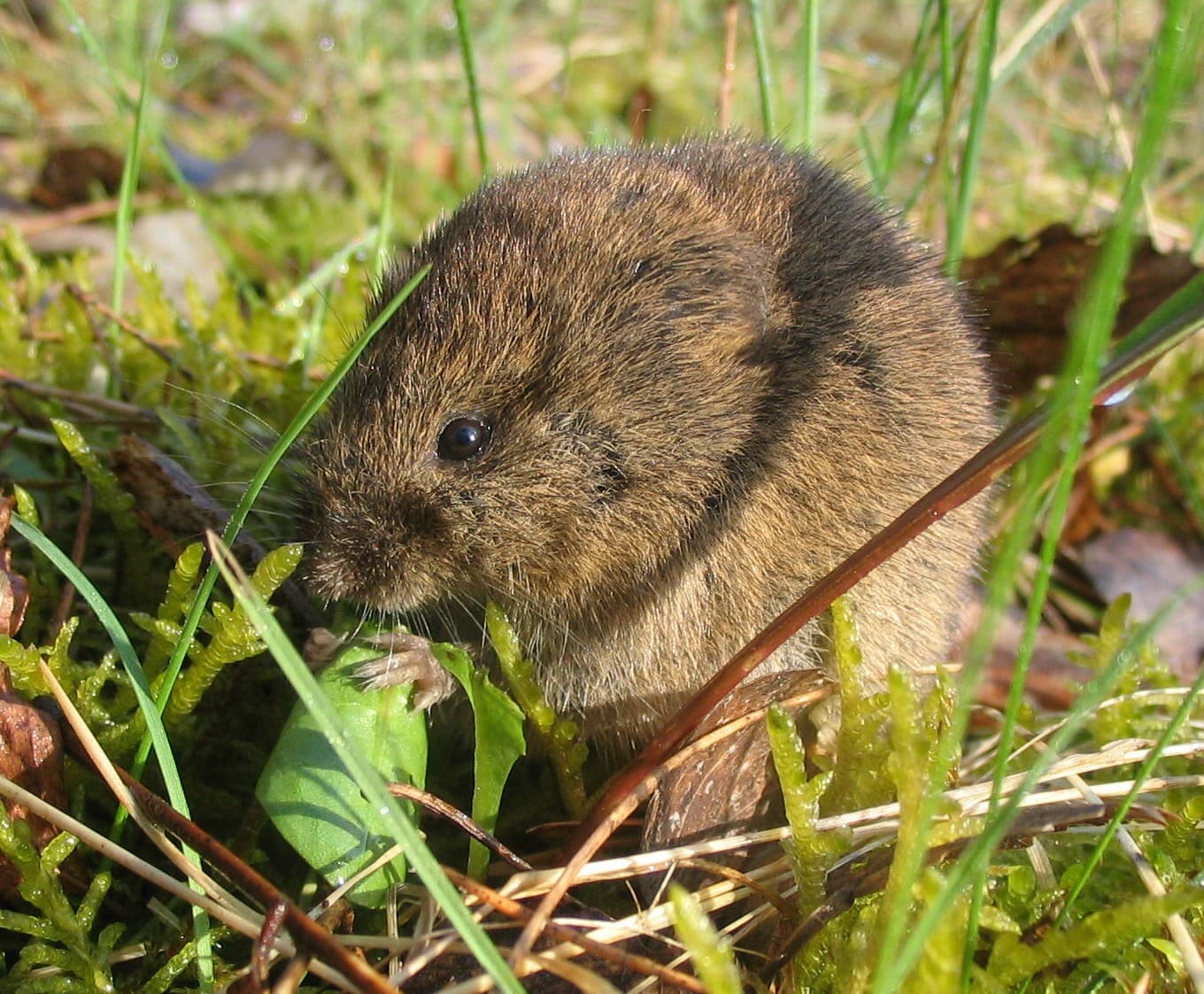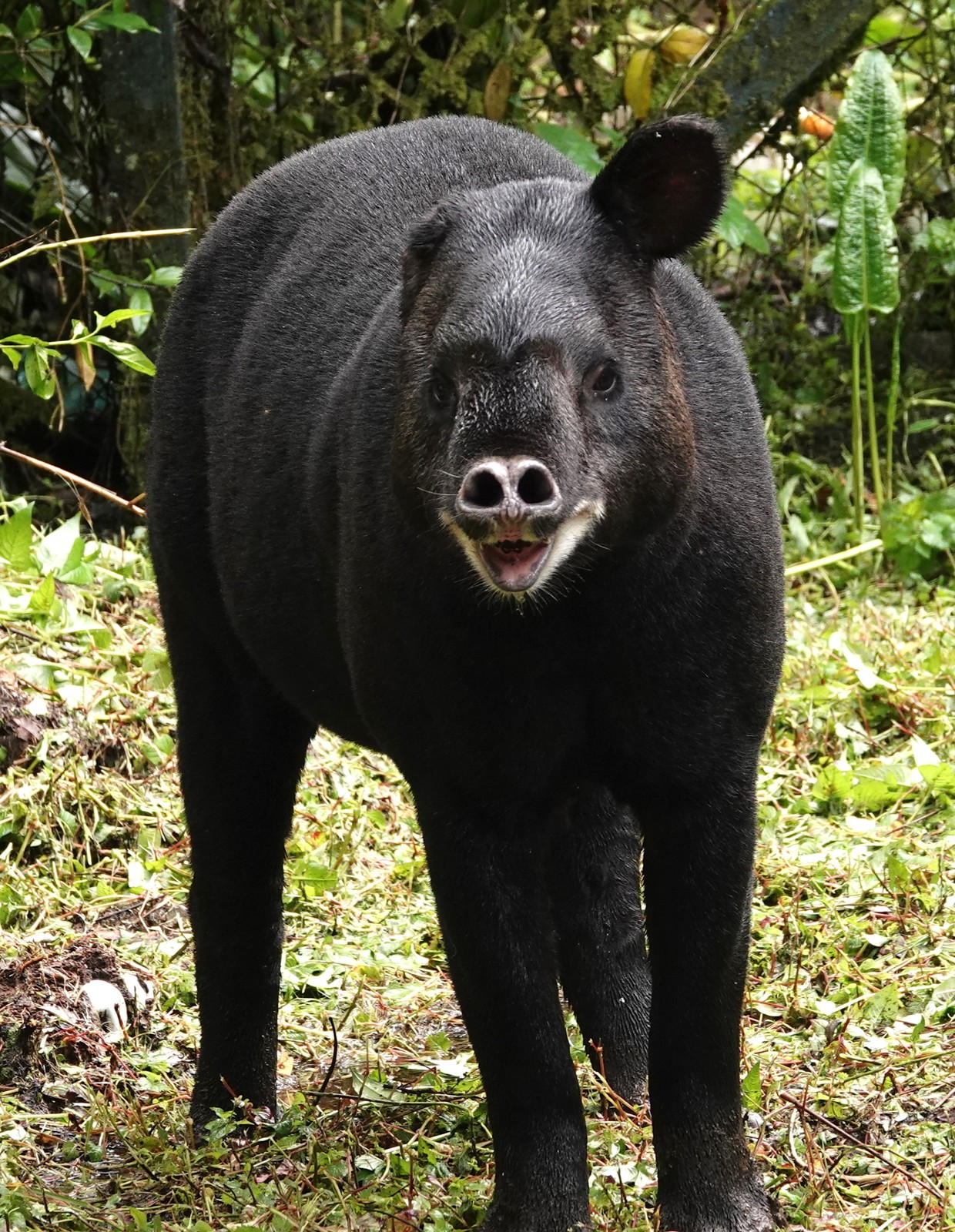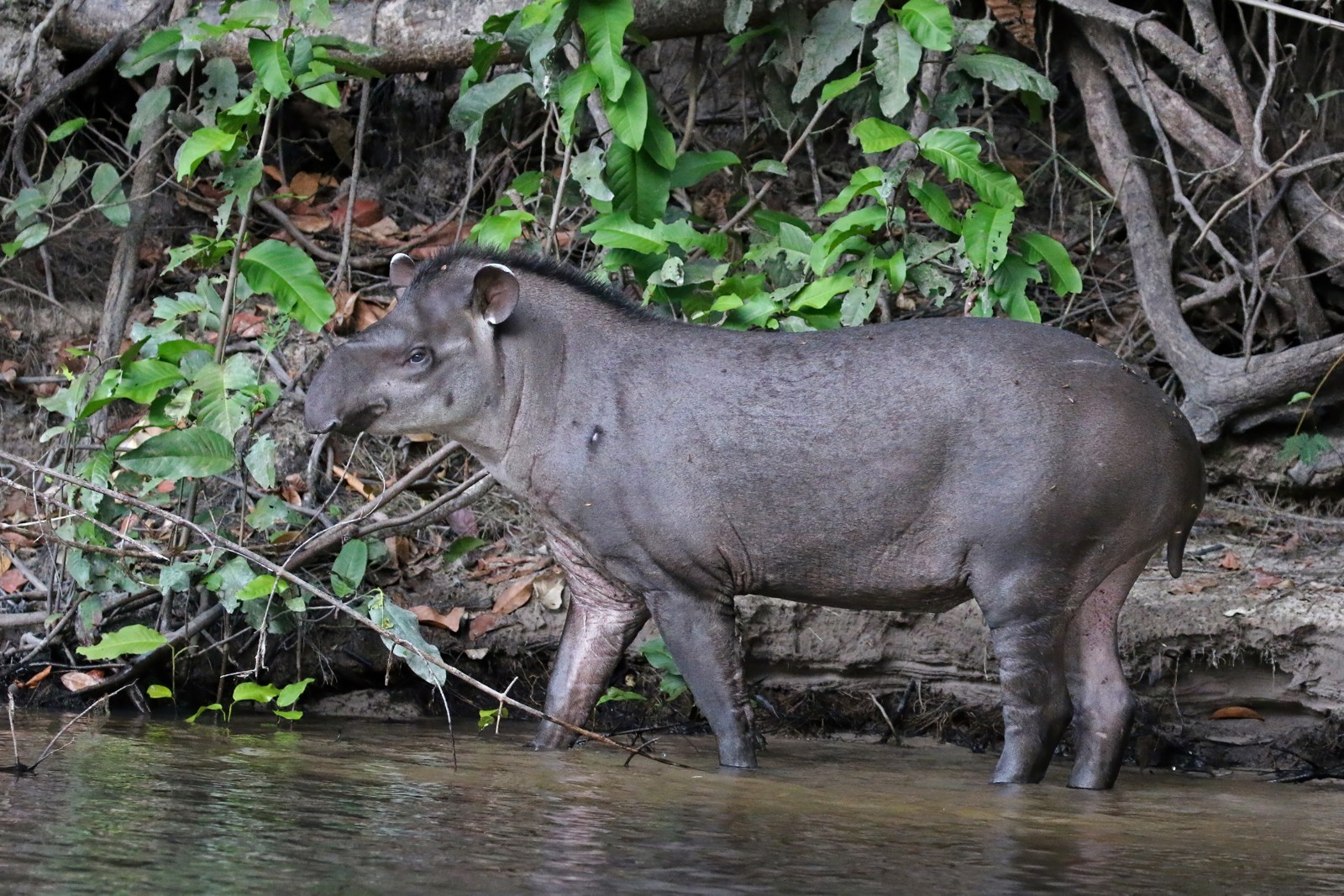Musk Deer vs Water Deer: A Complete Comparison
When comparing Musk Deer vs Water Deer, these two remarkable Asian species share one distinctive feature: prominent tusks instead of antlers. While both belong to different subfamilies, they represent nature’s fascinating example of convergent evolution, developing similar tusk-like canines despite their distinct evolutionary paths. The Musk Deer (Moschus species) stands slightly smaller at 20-24 inches (50-60 cm) shoulder height, while the Water Deer (Hydropotes inermis) measures 23-26 inches (58-65 cm) at the shoulder.
Despite their superficial similarities, these species differ significantly in habitat preference, behavior, and conservation status. Musk Deer inhabit mountainous forests across Asia, while Water Deer prefer riverine and grassland environments in China and Korea, with introduced populations in the United Kingdom.
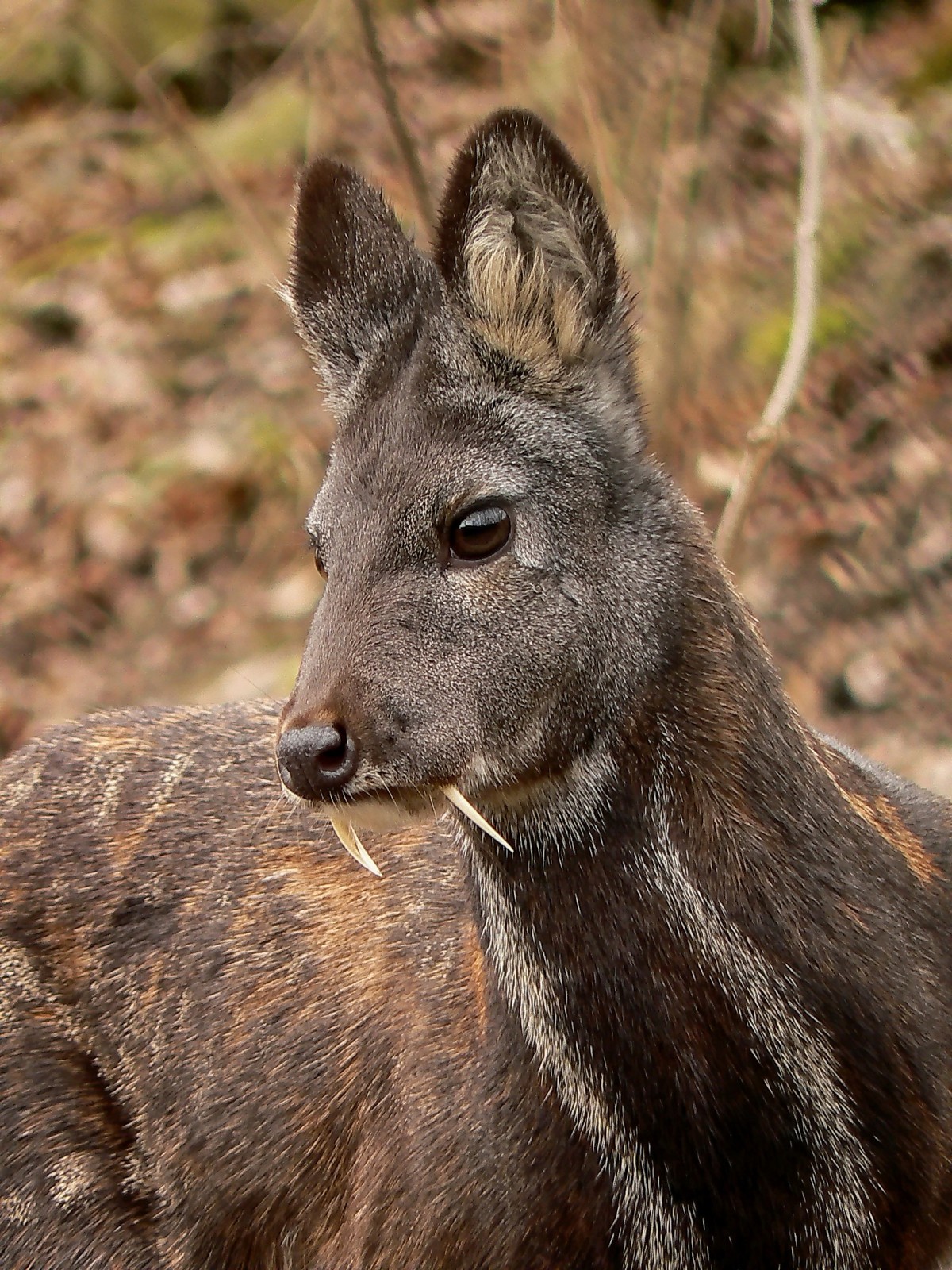
A male Siberian Musk Deer showcases its characteristic tusks and thick winter coat, adaptations crucial for survival in high-altitude Asian forests. These solitary creatures are most active during twilight hours, using their enhanced sense of smell to detect predators.
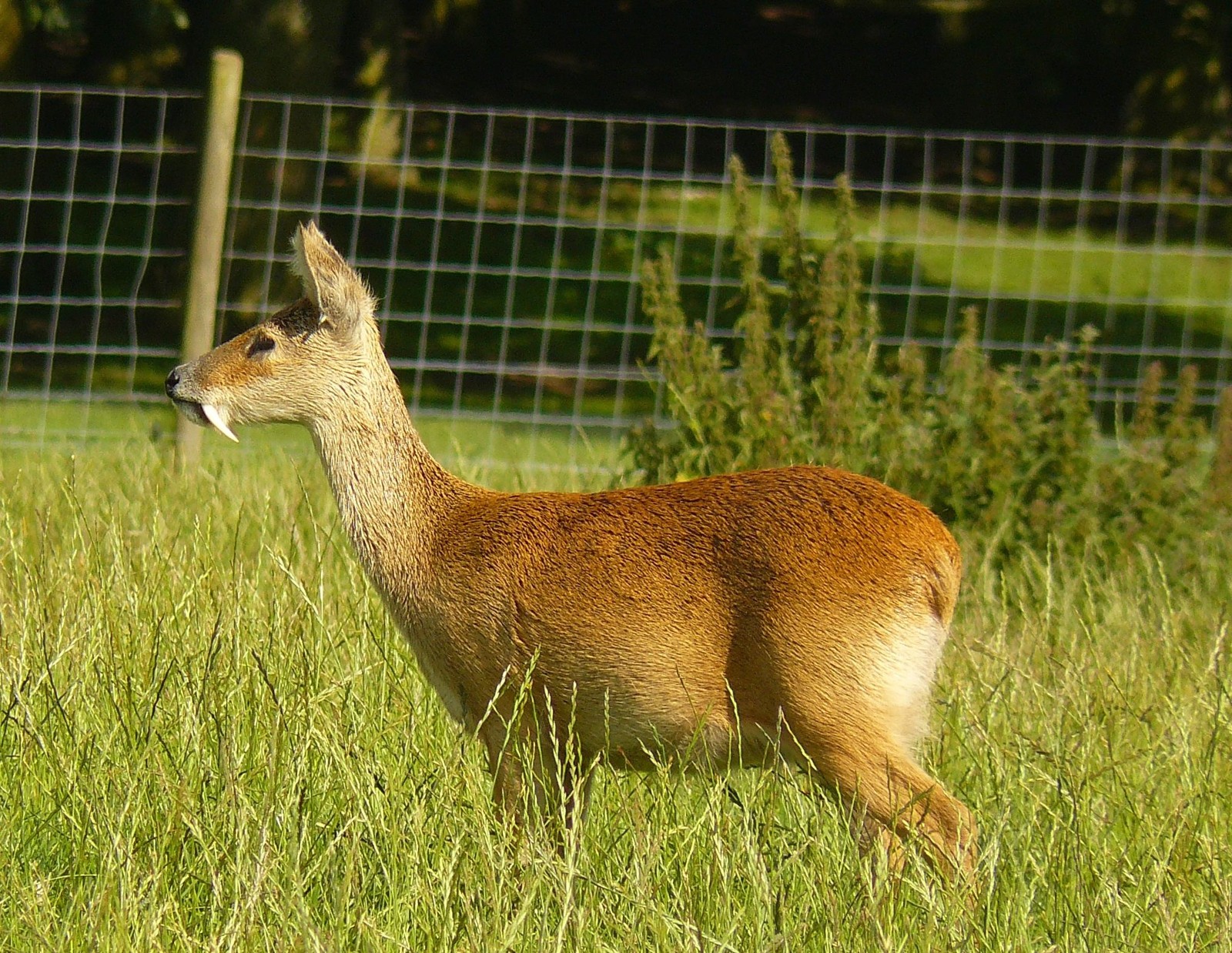
A Chinese Water Deer displays its distinctive features in a managed grassland setting. Note the characteristic tusks and reddish-brown summer coat, perfectly suited for its lowland habitat preferences.
Key Differences Between Musk Deer and Water Deer
| Feature | Musk Deer | Water Deer |
|---|---|---|
| Size | 20-24 inches (50-60 cm) | 23-26 inches (58-65 cm) |
| Weight | 15-26 lbs (7-12 kg) | 20-31 lbs (9-14 kg) |
| Habitat | Mountain forests 2,000-4,000m | Lowland wetlands and grasslands |
| Distribution | Central and East Asia | Eastern China, Korea, introduced to UK |
| Special Features | Musk gland in males | No musk gland |
| Conservation Status | Vulnerable | Vulnerable |
Habitat and Distribution
Musk Deer thrive in steep, mountainous terrain, preferring altitudes between 2,000-4,000 meters. These agile climbers navigate dense undergrowth in coniferous and mixed forests, particularly in regions stretching from Siberia to the Himalayas. Their powerful hind legs enable impressive leaps, essential for escaping predators in rough terrain.
Water Deer, conversely, inhabit low-lying wetlands, reed beds, and river valleys. Originally native to China and Korea, they’ve successfully established populations in the United Kingdom, where they were introduced in the early 20th century. Their swimming ability and preference for riparian habitats earned them their common name.
Behavioral Differences
Social Structure
Musk Deer maintain strictly solitary lifestyles, with males and females only coming together during breeding season. Males establish and defend territories marked with their distinctive musk secretions. Water Deer show slightly more social flexibility, occasionally forming small groups during winter months, though they remain primarily solitary.
Breeding Patterns
Water Deer demonstrate remarkable reproductive capabilities, regularly producing 4-6 fawns per litter - the highest among all deer species. Musk Deer typically bear only 1-2 fawns annually, investing more energy in each offspring’s survival in their challenging mountain environment.
Conservation Challenges
Both species face significant conservation challenges, though for different reasons:
-
Musk Deer populations have declined by 50% in recent decades due to:
- Poaching for musk glands
- Habitat fragmentation
- Traditional medicine trade
-
Water Deer face threats from:
- Agricultural expansion
- Wetland drainage
- Vehicle collisions in introduced ranges
Evolutionary Adaptations
The convergent evolution of tusks in both species represents a fascinating example of parallel adaptation. While superficially similar, these tusks serve slightly different purposes:
- Musk Deer tusks: Primarily used in male-male combat and territory defense
- Water Deer tusks: Used in both territorial disputes and as a display feature during courtship
Which Would Win in a Fight?
While neither species is naturally aggressive, a theoretical confrontation between similarly-sized males would likely end in a stalemate. Water Deer possess slightly larger tusks and greater body mass, but Musk Deer demonstrate superior agility and strength from their mountainous lifestyle. However, both species typically avoid confrontation, preferring flight over fight when threatened.
This comparison of Musk Deer vs Water Deer reveals how similar anatomical features can evolve in species adapted to vastly different environments. Their shared characteristic of tusks instead of antlers makes them unique among deer species, while their distinct habitats and behaviors showcase nature’s remarkable adaptability.
